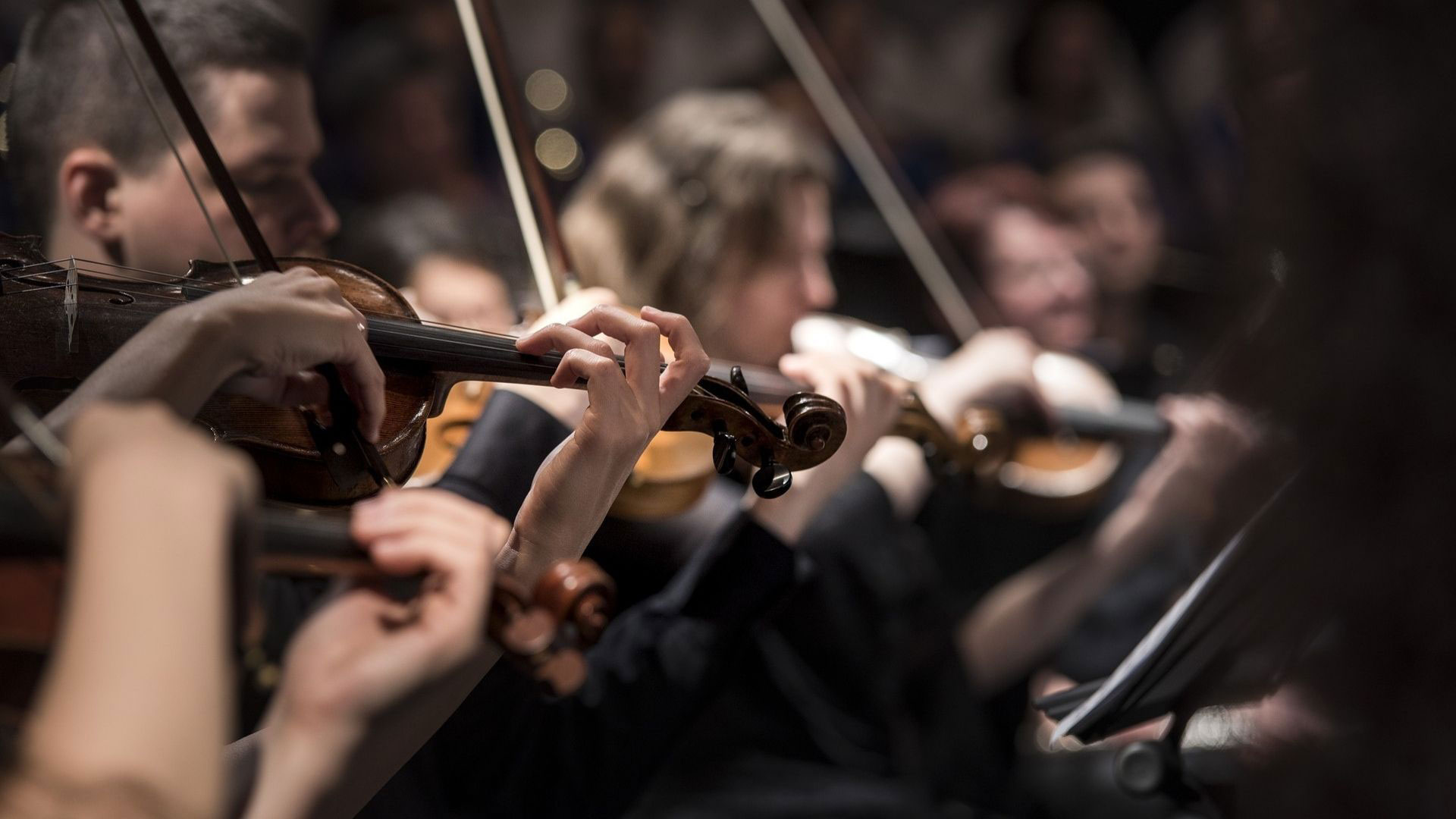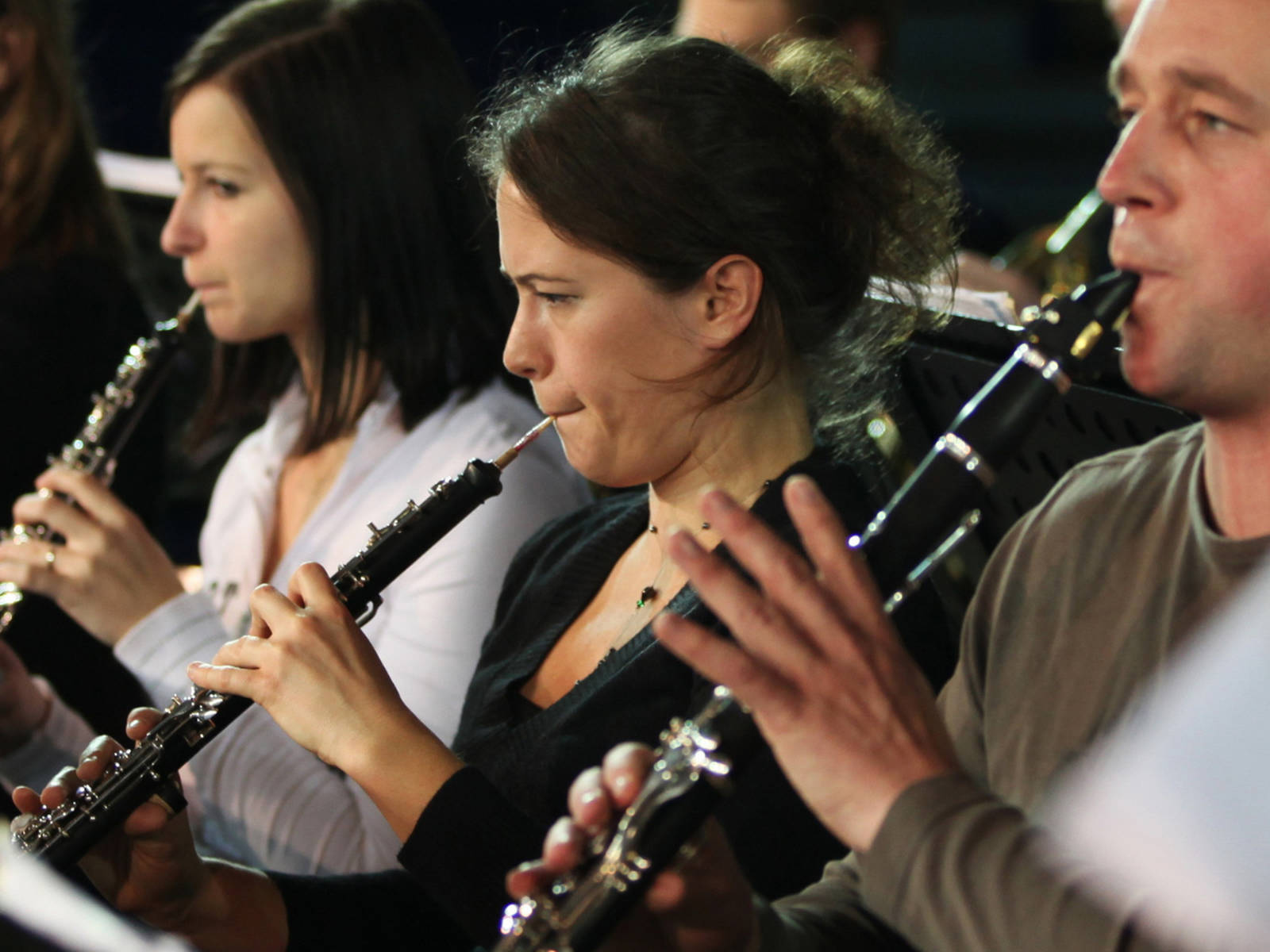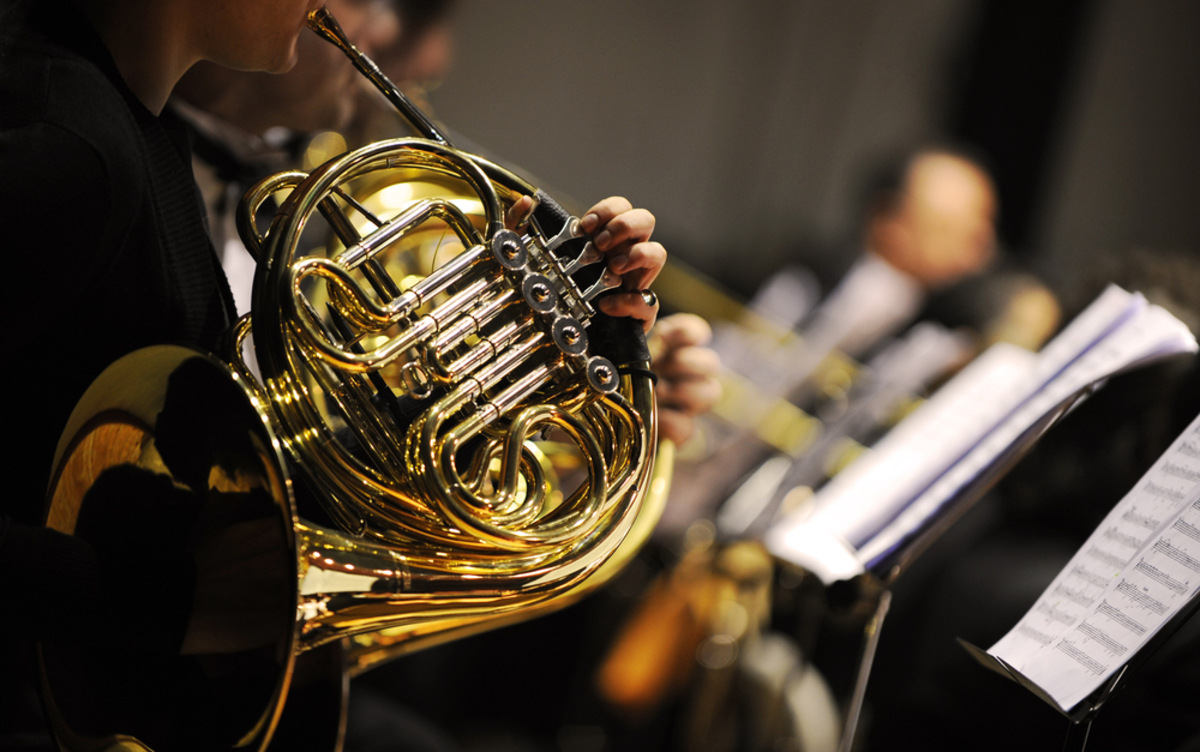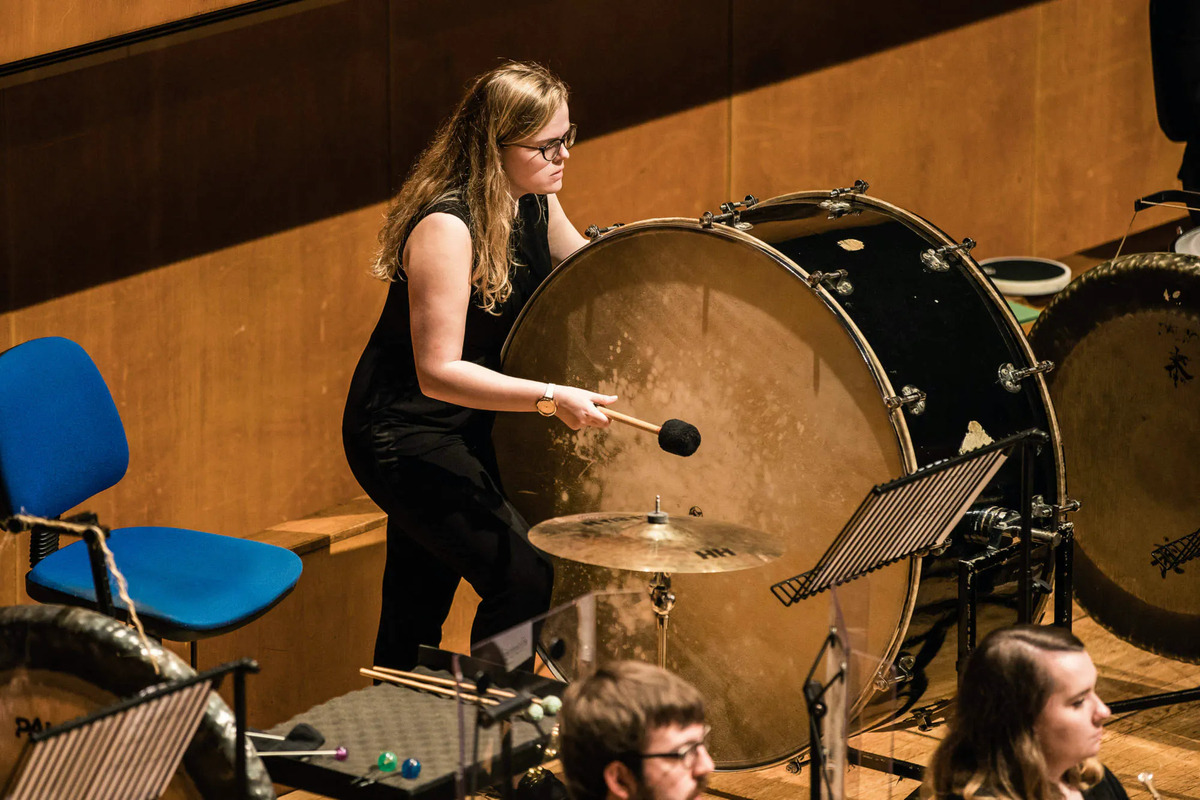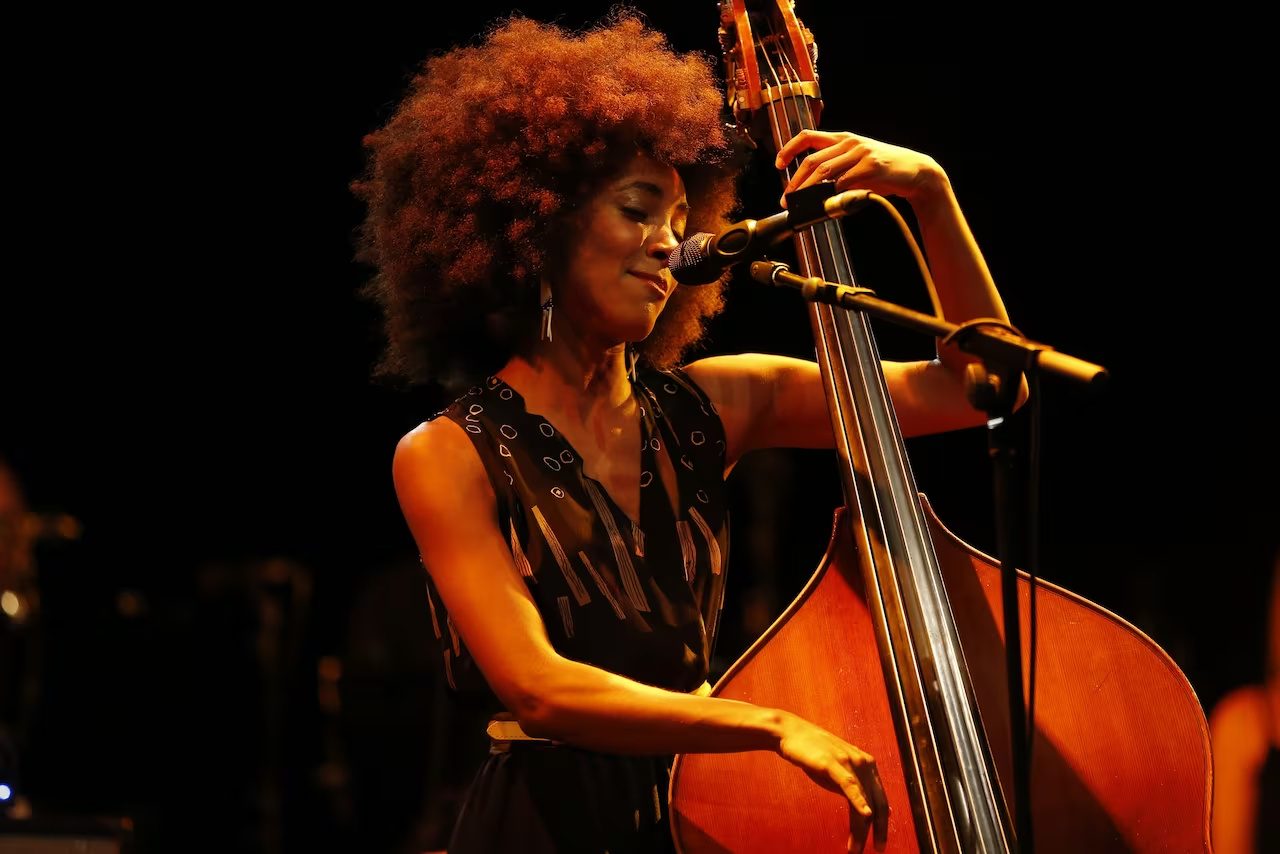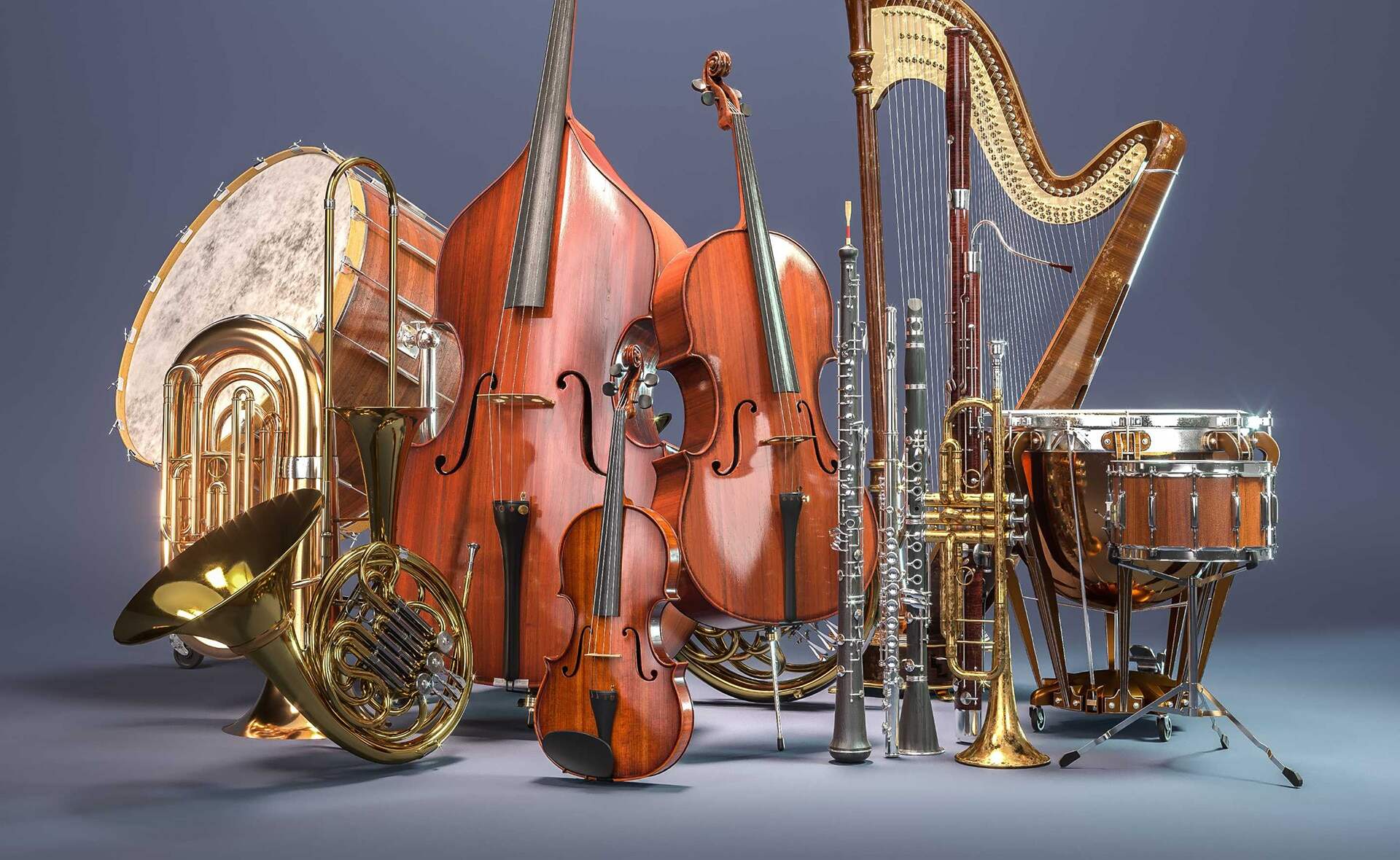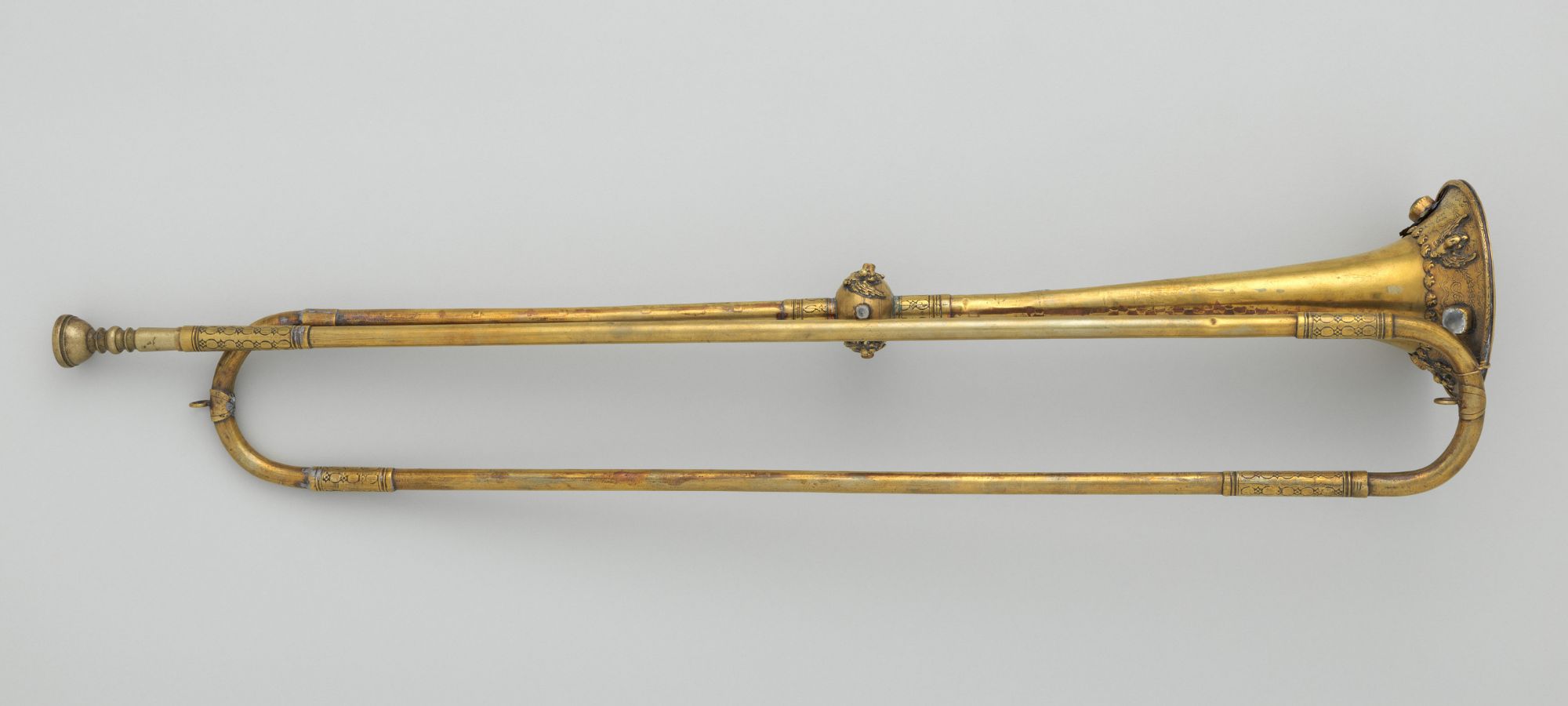Home>Production & Technology>Orchestra>Which Instrument Group Formed The Core Of The Baroque Orchestra?


Orchestra
Which Instrument Group Formed The Core Of The Baroque Orchestra?
Published: February 24, 2024
Discover the core of the Baroque orchestra with the prominent instrument group. Explore the rich history and significance of the orchestra in Baroque music.
(Many of the links in this article redirect to a specific reviewed product. Your purchase of these products through affiliate links helps to generate commission for AudioLover.com, at no extra cost. Learn more)
Table of Contents
Introduction
The Baroque era, which spanned from the early 17th century to the mid-18th century, marked a significant period in the evolution of orchestral music. During this time, orchestras began to take shape, and the instrumentation and structure of these ensembles laid the groundwork for the orchestras we are familiar with today. At the core of the Baroque orchestra was the string section, which formed the foundation of the ensemble and set the stage for the development of orchestral music as we know it.
The Baroque orchestra, unlike its modern counterpart, had a smaller and more intimate configuration. It typically consisted of a string section, a wind section, a brass section, and occasionally a percussion section. Each section played a crucial role in defining the overall sound and character of the orchestra, contributing to the rich tapestry of Baroque music.
As we delve into the intricacies of the Baroque orchestra, we will explore the unique characteristics of each section and gain a deeper understanding of how these elements combined to create the distinctive sound that defined the music of the era. Let's embark on a journey through the string section, the wind section, the brass section, and the percussion section, uncovering the fascinating nuances of the Baroque orchestra along the way.
The String Section
The string section formed the cornerstone of the Baroque orchestra, serving as the nucleus around which the ensemble revolved. Comprising instruments such as the violin, viola, cello, and double bass, the string section played a pivotal role in defining the melodic and harmonic essence of Baroque music.
1. Violin
The violin, with its soaring and agile nature, held a prominent position within the string section. Its versatile capabilities allowed it to take on various roles, from leading melodic lines to providing rich harmonies in conjunction with the other string instruments. The virtuosic capabilities of the violinists added a layer of intricacy and depth to the overall orchestral sound, contributing to the emotive and expressive qualities characteristic of Baroque music.
2. Viola
The viola, with its warm and mellow timbre, provided essential middle voice support within the string section. Its distinct tonal quality added depth and richness to the orchestral texture, complementing the higher registers of the violin and the lower registers of the cello and double bass. The viola's role in bridging the gap between the higher and lower string instruments was integral to achieving a balanced and cohesive sound within the ensemble.
3. Cello
The cello, with its resonant and sonorous voice, lent a deep and expressive foundation to the string section. Often entrusted with carrying the bass line and providing harmonic support, the cello's robust timbre added a sense of gravitas and emotional depth to the orchestral arrangements. Its ability to convey poignant melodies and intricate countermelodies imbued the music with a profound sense of introspection and pathos.
4. Double Bass
The double bass, with its commanding and resonant presence, anchored the lower end of the string section, providing a solid and fundamental bass line that underpinned the entire ensemble. Its deep, rumbling tones formed the bedrock of the orchestral sound, imparting a sense of stability and grounding to the musical compositions. The double bass's foundational role in establishing the harmonic framework and reinforcing the rhythmic pulse was indispensable to the cohesive functioning of the Baroque orchestra.
In essence, the string section of the Baroque orchestra epitomized the essence of the era's musical expression, encapsulating a delicate balance of virtuosity, emotion, and harmonic richness. The interplay of the violin, viola, cello, and double bass wove a tapestry of sound that defined the Baroque orchestral experience, laying the groundwork for the evolution of orchestral music in the centuries to come.
The Wind Section
The wind section of the Baroque orchestra introduced a diverse array of instruments that added a distinctive color and tonal variety to the ensemble. Complementing the string section, the wind instruments contributed a dynamic and expressive dimension to the orchestral sound, enriching the overall sonic tapestry of Baroque music.
1. Woodwinds
The woodwind instruments featured in the Baroque orchestra included the traverso (baroque flute), oboe, and bassoon. Each instrument brought its unique timbre and expressive capabilities to the ensemble, expanding the tonal palette and infusing the music with a sense of fluidity and lyricism.
Traverso (Baroque Flute)
The traverso, or baroque flute, distinguished itself with its warm and resonant tone, capable of traversing both agile melodic passages and lyrical, expressive phrases. Its nimble articulation and ability to evoke pastoral imagery and delicate ornamentation made it a cherished component of the wind section, lending an ethereal quality to the orchestral compositions.
Oboe
The oboe, with its penetrating and poignant sound, added a sense of poignancy and drama to the orchestral texture. Its reedy timbre and expressive capabilities allowed it to soar above the ensemble, weaving intricate melodies and imbuing the music with a sense of emotional depth and introspection.
Bassoon
The bassoon, with its rich and sonorous resonance, provided a robust and grounding presence within the wind section. Its deep, velvety tones added a sense of weight and gravitas to the orchestral arrangements, enhancing the harmonic foundation and contributing to the overall depth and richness of the ensemble's sound.
2. Brass
While the brass section in the Baroque orchestra was relatively limited compared to modern orchestras, it introduced key instruments that played a significant role in shaping the ensemble's sonic character.
Natural Trumpet
The natural trumpet, devoid of valves and pistons, possessed a bright and regal timbre that resonated with ceremonial grandeur. Its clarion calls and triumphant fanfares added a majestic and celebratory quality to the orchestral passages, heralding moments of exultation and splendor within the musical narratives.
Horn
The natural horn, with its noble and mellifluous sound, contributed a sense of warmth and grandeur to the brass section. Its rich, resonant tones evoked pastoral scenes and added a bucolic charm to the orchestral fabric, infusing the music with a sense of rustic elegance and lyrical beauty.
In essence, the wind section, comprising woodwinds and brass, played a pivotal role in expanding the sonic palette of the Baroque orchestra. The interplay of traverso, oboe, bassoon, natural trumpet, and horn imbued the music with a diverse range of colors, textures, and expressive possibilities, enriching the Baroque orchestral experience and leaving an indelible mark on the evolution of orchestral music.
The Brass Section
The brass section of the Baroque orchestra, though relatively modest in comparison to modern orchestras, played a crucial role in shaping the ensemble's sonic landscape. Comprising instruments such as the natural trumpet and horn, the brass section introduced a regal and majestic quality to the orchestral sound, infusing the music with grandeur and ceremonial splendor.
Natural Trumpet
The natural trumpet, characterized by its gleaming, bright timbre, served as a herald of triumph and jubilation within the Baroque orchestra. Unlike its modern counterpart, the natural trumpet lacked valves and pistons, requiring the performer to rely on the instrument's natural harmonic series to produce notes. This unique construction endowed the natural trumpet with a distinctive, clarion-like sound that resonated with ceremonial grandeur.
In the hands of skilled trumpeters, the natural trumpet heralded majestic fanfares and triumphant calls, elevating the orchestral passages with an air of regality and exuberance. Its resplendent tones cut through the ensemble, punctuating the music with moments of triumph and celebration, evoking images of royal processions and grand ceremonial occasions.
Horn
The natural horn, with its graceful, mellifluous tones, contributed a sense of warmth and pastoral elegance to the brass section of the Baroque orchestra. Similar to the natural trumpet, the horn lacked the modern advancements of valves, requiring the performer to rely on hand-stopping techniques to produce different pitches and harmonics.
The horn's rich, resonant voice evoked pastoral scenes and bucolic tranquility, infusing the orchestral compositions with a sense of rustic charm and lyrical beauty. Its sonorous tones resonated with a noble and dignified character, adding depth and grandeur to the ensemble's sonic tapestry.
In essence, the brass section of the Baroque orchestra, represented by the natural trumpet and horn, contributed a distinctive and evocative dimension to the orchestral sound. Through the interplay of regal fanfares, triumphant calls, and pastoral lyricism, the brass instruments enriched the Baroque orchestral experience, leaving an indelible imprint on the evolution of orchestral music.
The natural trumpet and horn, with their resplendent and noble timbres, embodied the ceremonial grandeur and pastoral elegance that defined the Baroque era, enhancing the orchestral compositions with their regal presence and evocative melodies.
The Percussion Section
The percussion section of the Baroque orchestra, while not as prominently featured as the string, wind, and brass sections, played a distinctive and vital role in shaping the rhythmic fabric and adding ornamental embellishments to the orchestral compositions. In the Baroque era, the percussion instruments employed were relatively limited compared to modern orchestras, yet they contributed a nuanced and evocative dimension to the ensemble's sonic palette.
Timpani
The timpani, also known as kettledrums, stood as the primary percussion instrument in the Baroque orchestra. With their resonant, thunderous tones, the timpani imparted a sense of grandeur and rhythmic propulsion to the orchestral arrangements. Positioned at the rear of the ensemble, the timpani player skillfully maneuvered between different-sized drums, each tuned to a specific pitch, to produce a range of deep, reverberating sounds that underscored the musical phrases with dramatic impact.
The timpani's commanding presence added weight and emphasis to climactic passages, punctuating the music with moments of heightened intensity and ceremonial splendor. Its rumbling rolls and thunderous accents heightened the dramatic tension within the orchestral compositions, lending a sense of gravitas and rhythmic vitality to the overall sonic tapestry.
Other Percussion Instruments
In addition to the timpani, the Baroque orchestra occasionally incorporated other percussion instruments, such as the triangle, tambourine, and occasionally, the snare drum. These instruments, though used sparingly, provided ornamental flourishes and rhythmic accents, enriching the orchestral texture with their shimmering timbres and lively articulations.
The triangle, with its crystalline, shimmering tones, added a touch of brilliance and sparkle to the orchestral passages, enhancing the music with delicate, percussive punctuations. The tambourine, with its jingling, rhythmic patterns, introduced a sense of festivity and exuberance to the ensemble, infusing the music with an infectious, dance-like energy.
While the percussion section in the Baroque orchestra may not have occupied a central role, its contributions were nonetheless significant in enhancing the rhythmic drive, textural richness, and expressive palette of the ensemble. The interplay of timpani, triangle, and tambourine added depth and color to the orchestral compositions, enriching the Baroque orchestral experience with their evocative and dynamic presence.
In essence, the percussion section, though modest in its instrumentation, left an indelible mark on the Baroque orchestra, elevating the rhythmic vitality and ornamental charm of the ensemble's music. The nuanced contributions of the percussion instruments, from the resounding timpani to the shimmering triangle and lively tambourine, added a layer of rhythmic intrigue and sonic allure to the Baroque orchestral experience, underscoring the diversity and richness of the era's musical tapestry.
Conclusion
In conclusion, the Baroque orchestra represented a pivotal chapter in the evolution of orchestral music, laying the foundation for the diverse and expansive ensembles that would emerge in subsequent eras. At the heart of the Baroque orchestra was the intricate interplay of the string, wind, brass, and percussion sections, each contributing unique timbres, textures, and expressive possibilities to the ensemble's sonic tapestry.
The string section, with its virtuosic violin, warm viola, resonant cello, and commanding double bass, formed the core of the orchestra, providing melodic richness, harmonic depth, and emotive nuance to the music. The wind section, featuring the traverso, oboe, bassoon, natural trumpet, and horn, introduced a diverse array of colors and expressive capabilities, enhancing the orchestral sound with lyrical beauty, regal grandeur, and pastoral elegance. The brass section, characterized by the resplendent natural trumpet and noble horn, contributed ceremonial splendor and majestic fanfares, adding a regal and triumphant quality to the music. The percussion section, led by the resonant timpani and embellished with the shimmering triangle and lively tambourine, infused the orchestral compositions with rhythmic vitality, dramatic impact, and ornamental charm.
As the Baroque era unfolded, the orchestra became a crucible for innovation and artistic expression, paving the way for the masterpieces of renowned composers such as Johann Sebastian Bach, George Frideric Handel, and Antonio Vivaldi. The intricate fusion of instrumental voices within the orchestra gave rise to a rich tapestry of musical textures, from delicate contrapuntal intricacies to grand, jubilant flourishes, embodying the spirit of the era's artistic ingenuity and emotional depth.
Furthermore, the legacy of the Baroque orchestra continues to resonate in the modern orchestral landscape, influencing the orchestration, instrumentation, and expressive possibilities of contemporary ensembles. The enduring impact of the Baroque orchestra serves as a testament to the transformative power of musical innovation and the enduring legacy of the masterful compositions crafted during this remarkable period in music history.
In essence, the Baroque orchestra, with its intricate amalgamation of string, wind, brass, and percussion sections, stands as a testament to the ingenuity, creativity, and expressive depth of the era's musical visionaries. The interwoven voices of the orchestra, spanning from the ethereal whispers of the traverso to the resounding calls of the natural trumpet, continue to captivate audiences and inspire musicians, underscoring the enduring allure and timeless significance of the Baroque orchestral experience.



